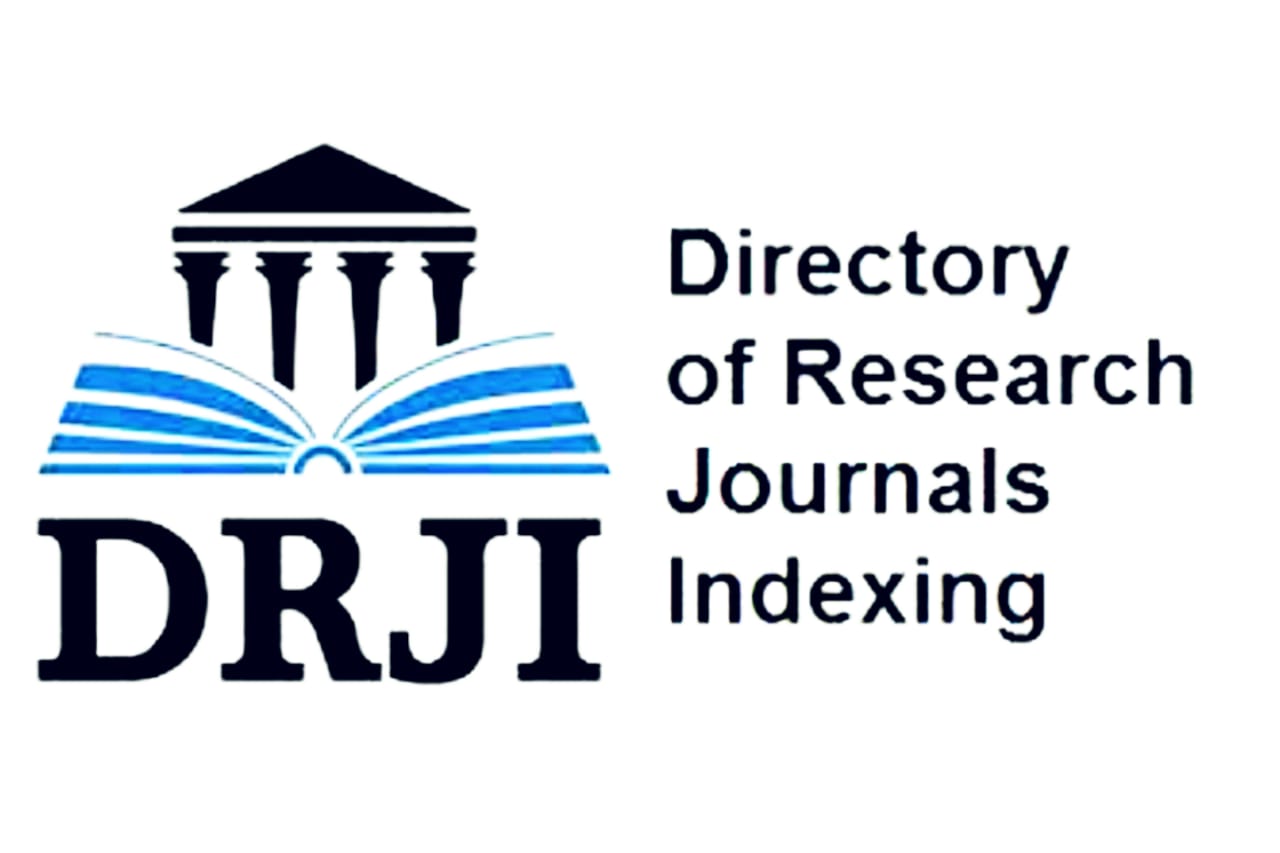The study on the effect of population density on radio frequency interference (RFI) analysis on dynamic spectrum at selected CALLISTO stations
DOI:
https://doi.org/10.26577/phst.2021.v8.i1.07Abstract
Radio Frequency Interference (RFI) has become a critical issue in radio astronomy observation in recent
years. Compact Astronomical Low-Cost Instrument for Spectroscopy in Transportable Observatories
(CALLISTO) is a worldwide network of spectrometer system for solar activity monitoring. The detection of
solar radio bursts is being interrupted due to RFI as these stations are held on the ground. Since RFI signals
are being detected from surrounding, this gives inaccurate data for ground base station observations. RFI
sources are mostly from man-made devices. This paper study analysis of RFI level at selected CALLISTO
stations by using Kurtosis Analysis. Data from Banting, Malaysia, Sumedang, Indonesia, Ooty, India and
Daejeon, South Korea stations for two months (45–870 MHz) that contain solar burst and no solar burst
had been selected. The kurtosis value is then compared with the population density to get the relationship
between the population density and the RFI level. The highest average of kurtosis value indicates the
lowest of radio frequency interference at these sites. MATLAB software was used for the data analysis and
Microsoft Excel for the RFI profiling graphing. The results show that the high population density is not a
main factor that contributes the interference towards the surrounding.
Key words: Radio Frequency Interference (RFI), radio astronomy, kurtosis analysis, e-CALLISTO.

















